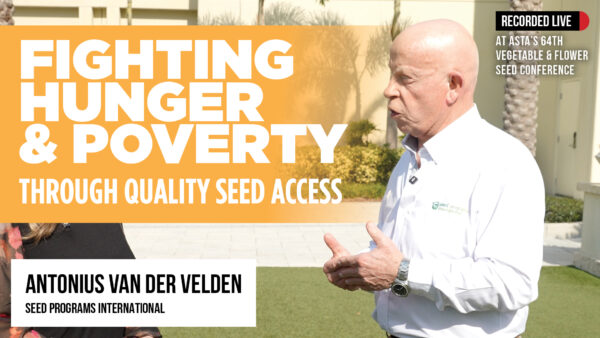More than 550 people from around the world applied to attend Bejo’s Carrot Symposium in September 2017. In fact, so many people were interested in the event which had the theme of Taste, Health & Innovation that we had to split the event into two groups, with delegates from Eastern Europe and Asia attending on the first day, and those from the rest of the world (principally Western Europe, the Americas and Australasia) taking part on the second day.
The varied agenda on both days covered a range of topics, including global and regional supply and demand, the development of new marketing concepts, breeding and seed technology, agronomy and disease issues and even health benefits. Speakers from across the globe also provided an overview of carrot production in different regions, focusing on Israel, the United States of America, and Japan.
As you would expect, networking was also a key part of the day and the breaks were packed with people catching up with old acquaintances, making new contacts and discussing the presentations in more depth. Activities also spilled over the rest of Bejo’s annual Open Days, with carrot harvesting demonstrations and a carrot taste trial also being carried out on the Demo Fields, alongside demonstrations of the latest carrot varieties from our extensive global portfolio.
Important Vegetable Globally
Carrots are one of the most important vegetable crops globally, with China producing the largest area (130,000 ha), followed by the United States (78,000 ha), Russia (25,000 ha) and Brazil (22,250 ha). As you would expect, with so many different types and varieties available, carrots are sold in a variety of different formats around the world. However, despite the diversity, Nantes types are the most popular representing 40% of total global production. Other types such as Imperator, Flakkee, Berlicum, Chantenay and Kuroda are particularly popular in different regions (such as Kuroda in Japan) or for different uses (such as Imperator and Berlicum types for processing.
Another reason for the diversity of carrot types and production methods is that they are almost unique in being a vegetable that can be used for every part of a meal, something that was demonstrated during the lunch break when carrot soup, carrot slaw and salad, and carrot cake were all available. With carrots also forming the basis of many juice drinks and or smoothies, they really are the most versatile food available.
Globally a third of all carrot production is exported, while for countries like the Netherlands, Israel and Denmark, up to half their total crop is sold abroad. Maintaining such markets require attention to detail at all stages of the growing and supply chain, beginning with seed quality and sowing the crop. “We don’t sell carrots, we sell reliability,” stressed Israeli Crop Consultant Amos Yeger, adding that most of the country’s exports are sold to Eastern Europe, and Russia in particular.
Breeding Program
There is increasing interest in Imperator types in different regions around the world, but Canada and the United States of America are still the main market for this type of carrot. To cater for this market Bejo is working on a dedicated Imperator breeding program, alongside its other carrot breeding, which is being led by US-based breeder carrot breeder Rob Maxwell. “We have got the shape and the eating quality, but I want to improve disease resistance, especially given the growth in organic production that we are seeing,” he said. The program has led to a number of new varieties, with a number of new varieties, including four ‘cut and peel’ types due to be released commercially over the next two years.
Source: Bejo












